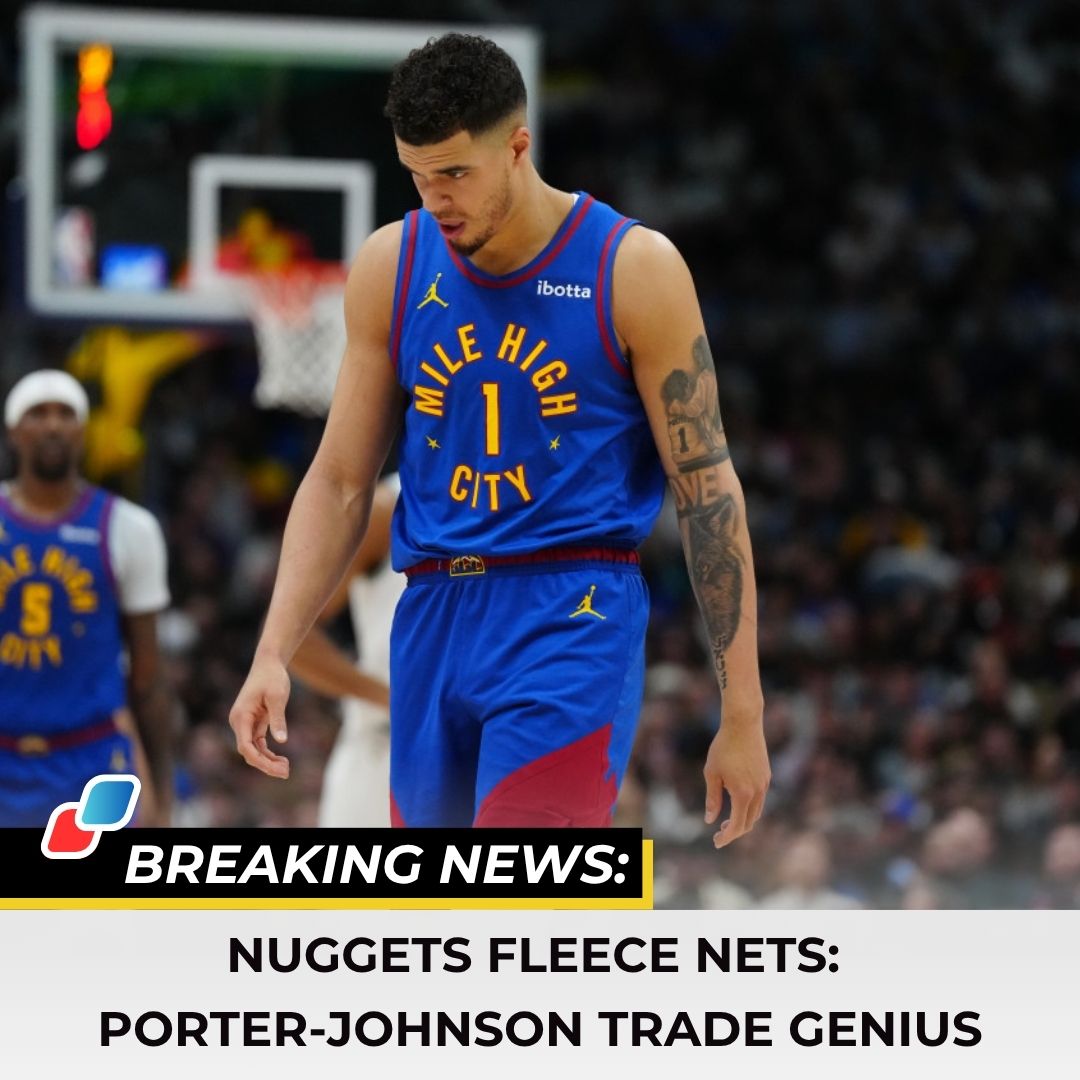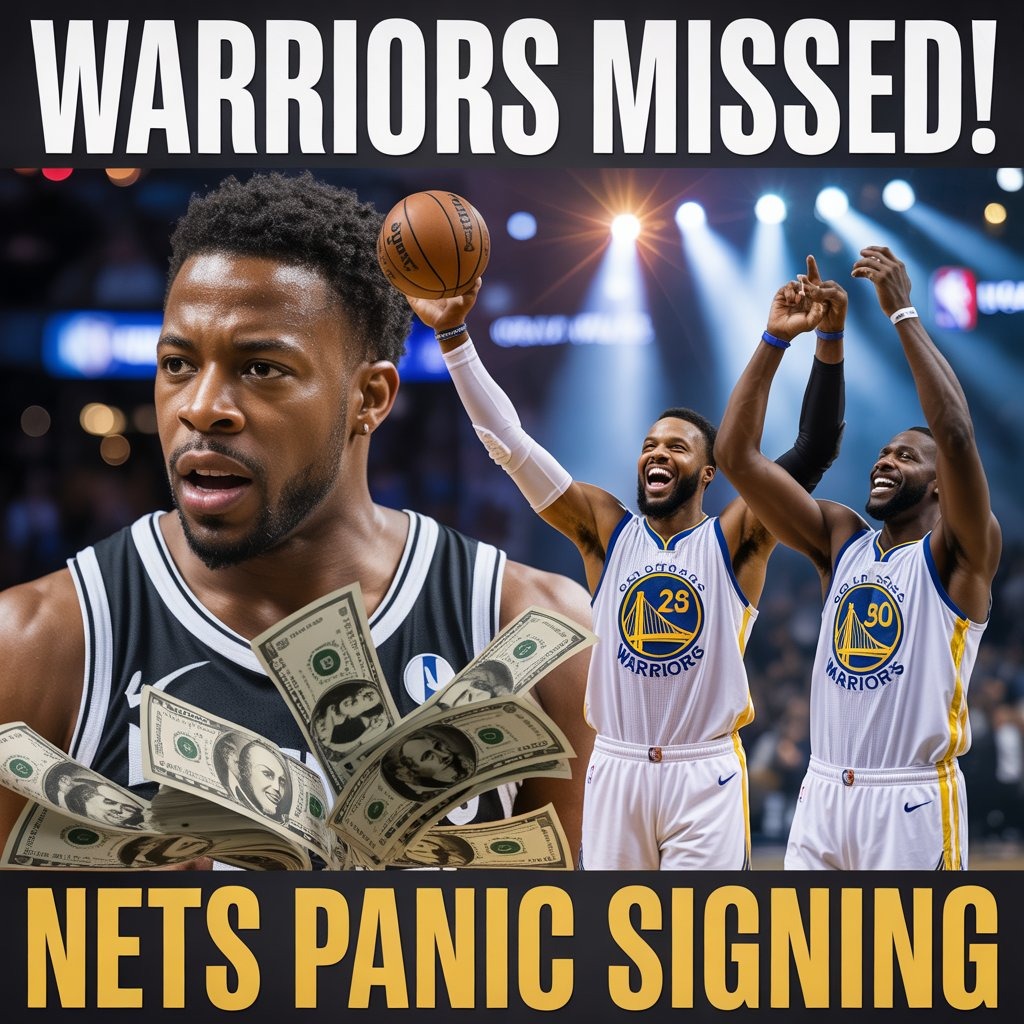EXCLUSIVE: Why the Nuggets’ Latest Move Has Other NBA Teams Worried
The Denver Nuggets’ recent front office restructuring has sent ripples throughout the NBA, with rival executives quietly expressing concern about what this organizational overhaul could mean for the competitive landscape. The promotion of Ben Tenzer to executive vice president of basketball operations and the hiring of Jon Wallace as executive vice president of player personnel represents far more than a simple personnel change—it signals a strategic pivot that has other franchises taking notice.
The Strategic Masterstroke Behind Closed Doors

What makes this move particularly unsettling for competitors is the calculated nature of the Nuggets’ approach. Rather than rushing to hire a big-name general manager after firing Calvin Booth, Denver has opted for a dual-leadership structure that maximizes institutional knowledge while bringing in fresh perspectives. Tenzer’s journey from student intern in 2005-06 to the organization’s top basketball executive represents an unprecedented level of continuity and deep understanding of the franchise’s inner workings.
The timing of these appointments has also raised eyebrows across the league. With the NBA Draft just two days away and free agency looming, most organizations would be scrambling to establish clear leadership. Instead, the Nuggets have methodically constructed a front office that combines Tenzer’s salary cap expertise with Wallace’s proven track record in roster construction during Minnesota’s recent playoff success.
The Competitive Advantage That Has Rivals Concerned
League insiders are particularly worried about the unique skill sets this duo brings to Denver’s front office challenges. Tenzer’s background as a salary cap and CBA expert couldn’t be more valuable in the current NBA landscape, where the 2023 collective bargaining agreement has created financial constraints that have hamstrung many contending teams. His experience managing the Grand Rapids Gold in the G League has also given him insights into player development pathways that many traditional executives lack.
Wallace’s return to Denver after his successful stint with the Timberwolves adds another layer of concern for rival teams. His role in Minnesota’s roster construction and playoff run demonstrated his ability to identify and acquire talent that fits specific team needs. The fact that he’s reuniting with the Nuggets—where he previously worked under Tim Connelly—suggests a level of organizational chemistry that could prove formidable.
Financial Maneuvering That Could Reshape the West
Perhaps most troubling for other Western Conference contenders is how this front office structure positions Denver to navigate their salary cap constraints more effectively than anticipated. Despite having the fifth-most expensive projected payroll for 2025-26 and no draft picks, the Nuggets now have two executives specifically equipped to maximize value from limited resources.
The taxpayer mid-level exception of $5.7 million and veteran minimum contracts might seem restrictive, but Tenzer’s expertise in finding creative solutions within CBA constraints has other teams worried about Denver’s ability to add meaningful depth. With three roster spots currently vacant and decisions looming on players like Russell Westbrook, the Nuggets’ new leadership team has immediate opportunities to reshape their competitive outlook.
The Broader Implications for Championship Contention
What has rival executives most concerned is the long-term vision this restructuring represents. The complete overhaul—including the earlier departures of Michael Malone and Calvin Booth—signals that ownership is committed to a new approach despite recent playoff disappointments. The willingness to part ways with assistant GM Tommy Balcetis after 12 years further demonstrates the organization’s commitment to this new direction.
The Nuggets’ ability to maintain competitiveness while undergoing such significant changes has impressed and worried competitors in equal measure. Their 50-32 record last season, despite internal turmoil, and their ability to push both the Clippers and Thunder to seven games in the playoffs showed resilience that this new front office structure could amplify.
Other NBA teams are now watching closely to see how Tenzer and Wallace navigate the upcoming free agency period and whether their collaborative approach can unlock solutions that previous regimes couldn’t find. The fear among rivals is that Denver has found a formula for sustained success despite financial limitations—a blueprint that could keep them competitive for years to come.







